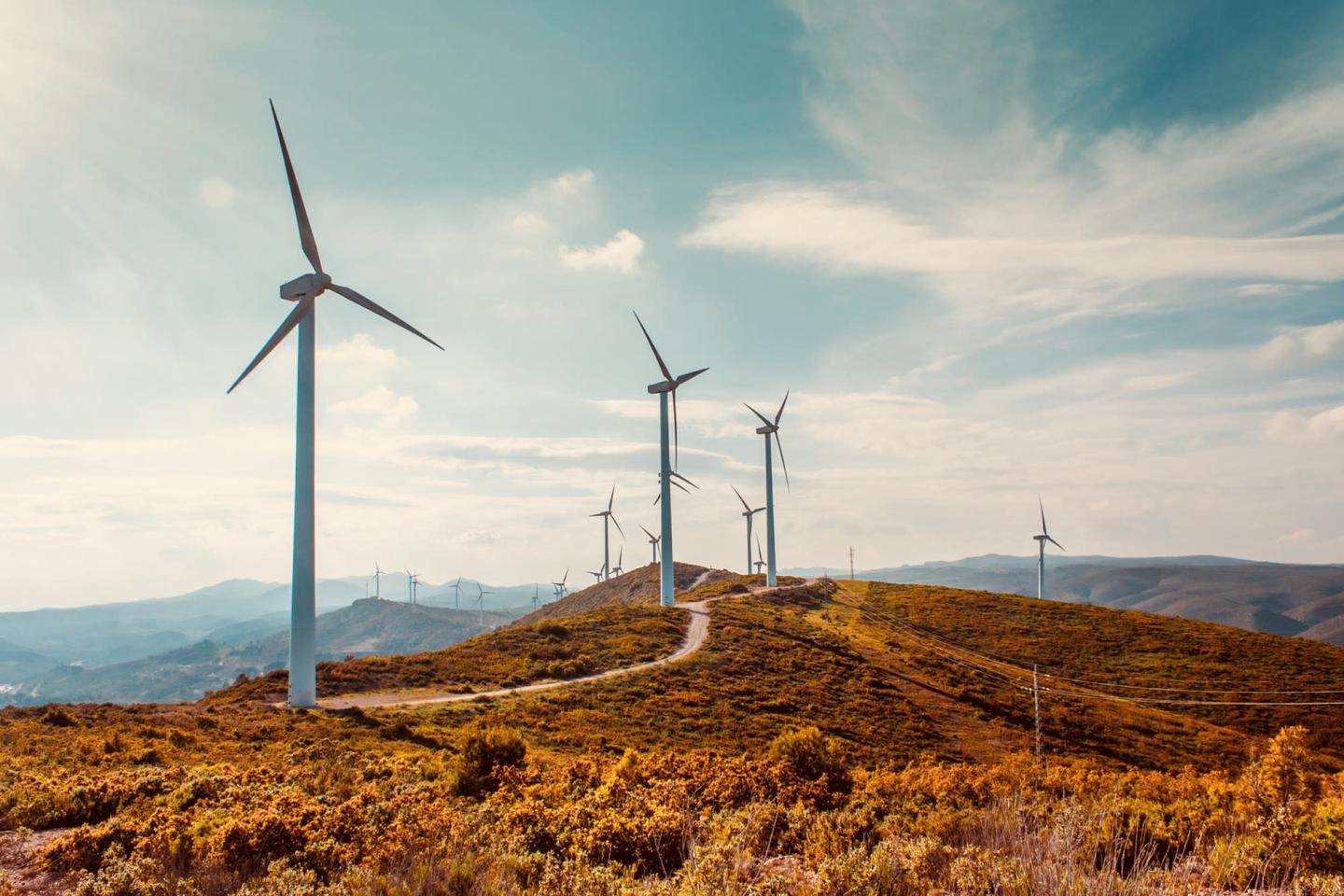Emulate Energy’s Shwan Lamei on simplicity and the digital energy transition
As Europe races to decarbonise its energy systems, the shift to clean power brings both extraordinary opportunity and complex challenges — from integrating renewables and stabilising volatile grids to enabling consumers to play an active role in the energy system. Driving this transformation are pioneers like Shwan Lamei, Co-founder and CEO of Emulate Energy.

Emulate Energy is one of the companies featured in Futurice’s Digital Energy 40, a report that highlights the innovators building the digital backbone of Europe’s clean energy future. We spoke to Shwan about the megatrends shaping the market, the role of partnerships in solving industry challenges, and how simplicity could be the key to accelerating adoption.
What’s your assessment of the current European energy market dynamics?
There are two megatrends happening concurrently. One is electrification, mainly of mobility and heating. And the second is renewable integration. I think Europe has probably come further than the US markets. If you look at the electrification rate and renewable integration rates, the higher up north you go, the further they’ve come. Countries like Sweden, Finland and Norway have probably come the furthest. Denmark is getting there. In Germany, we feel interest is starting to peak. The UK is actually quite advanced as well.
The energy industry is very risk averse. I mean, nobody ever thanked their utilities for giving them more electricity or better electricity, so it’s all about minimising risk. Necessity is really the mother of innovation. When there are really high electrification rates, ideally coupled with a high renewable integration rate and volatility on the markets, new entrants come in and shake up the competitive landscape like Tibber or Octopus Energy does. That’s when things start happening. It’s happening everywhere, it’s just varying. If you look at the markets that have high electrification rates, like Sweden, typically the government subsidised EVs heavily. Norway was incredibly heavily subsidised. Now the subsidies are starting to sort of soften, but it’s clearly a driver. Heat pumps in Sweden have been a thing for 20, 25 years. It’s nothing new. Sometimes you need the government intervention. By no means am I an expert in this, but I would say where government intervention has happened, it’s triggered pace in the energy sector.
What’s your strategic approach to leveraging digital technologies and data within your organisation?
We work with adaptive controls, that’s a form of AI that’s been out there for many, many years. So we develop a lot of AI in our adaptive controls. One strategic approach of ours is that in any ‘build versus buy’ situation, we buy, unless it’s core. We’re a small company: we already stretched thin because there’s so much that needs to be done, so we try to partner up with other start-ups and companies as much as possible. We believe in an ecosystem; I don’t think there’s going to be one company that’s going to solve all these challenges. If it’s not core to us, we want to partner up.
What key initiatives do you think are needed to strengthen the industry’s digital ecosystem?
I think the energy industry is probably undergoing the same transformation that the telecom industry went through. We are going to need outside help, companies like yourselves, to come in and bring best practice from other industries, and quickly, into the energy sector. Things grow organically in the energy industry, but it’s slow and very segmented. And if you need disruption, you need bold moves and it’s probably better to get some diverse perspective and skills from outside.
What about policy recommendations for government and EU stakeholders?
As I mentioned before, I think you need some positive interventions for the energy transition to get kickstarted. As an example, I think we’ve seen that with Tesla. It disrupted and was very much backed and supported by government intervention.
What about emerging players and interesting innovations to watch in your market?
There are a lot of interesting start-ups out there doing some really cool things. I think rebase is doing some cool things, Flower, in Sweden, as well. And there is another company called Fever, also in Sweden, doing interesting stuff around virtual power plants. In the UK you have Axle that I’ve also heard about. In Germany, I’m also seeing a lot of start-ups – it’s a very vibrant start-up space in general.
What’s your personal vision for advancing the digital energy transition?
I think what the utilities need is a drop in solutions. There’s a tonne of municipal utilities, some big ones as well, and I think that they need simplicity – simplicity of deployment. They’re risk averse with a long sales cycle. So as long as you can expedite things and make it as easy as possible for them to adopt the technology, then the faster it’s going to go. So I think simplicity is probably the key.
Europe’s clean energy transition won’t succeed on infrastructure alone. It will take bold ideas, collaboration across industries, and drop-in digital solutions that make adoption easy for even the most risk-averse players. From adaptive AI controls to virtual power plants, the future of energy will be powered as much by code as by electrons.
To learn more about the companies and technologies transforming Europe’s energy systems, download the Digital Energy 40 report, and discover the leaders who are rethinking the digital backbone of clean power.
 David MitchellChief Growth Officer
David MitchellChief Growth Officer





